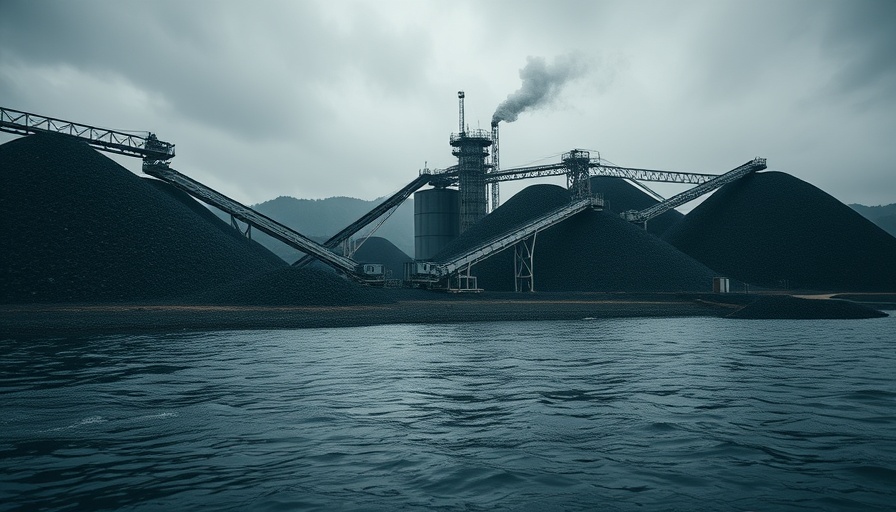
The Rise of Methane Super-Emitters
In an era of increasing environmental consciousness, understanding and managing methane emissions have become pivotal tasks. With its potent greenhouse effect, methane plays a critical role in exacerbating global warming. The year 2024 marked a significant advancement in our capability to pinpoint major sources of methane emissions, often termed ‘super-emitters.’ These are the culprits behind a substantial portion of atmospheric methane, a problem primarily driven by human actions like fossil fuel extraction and waste management.
Satellite Surveillance: Our New Eyes in the Sky
The launch of MethaneSAT and Carbon Mapper satellites has equipped us with powerful tools to track and mitigate methane emissions globally. MethaneSAT, with its expansive view, identifies widespread emission hotspots akin to surveying Montana’s Glacier National Park in a single glance. On a more granular level, Carbon Mapper acts like a high-resolution camera zooming in to attribute emissions to precise sources, pinpointing specific oil fields or industrial sites. These technological marvels promise to transform how we address greenhouse gases, making the once-invisible visible.
Historical Context and Background
The implications of advanced satellite surveillance are profound. Historically, events like the catastrophic Aliso Canyon gas leak, which went unnoticed for weeks in 2015, led to severe environmental and health ramifications. Now, satellites promise a proactive stance in emissions monitoring, enabling quicker responses and tighter regulatory control to prevent such events.
Relevance to Current Events
While the technology offers a leap forward, challenges remain. Emitting industries might resort to nocturnal operations to evade surveillance, a cat-and-mouse game highlighting the pressing need for comprehensive policies. Nevertheless, the ability to scrutinize distant coal mines and obscure oil fields signals a new chapter in global environmental governance, one where transparency becomes a standard, not an exception.
 Add Row
Add Row  Add
Add 




Write A Comment